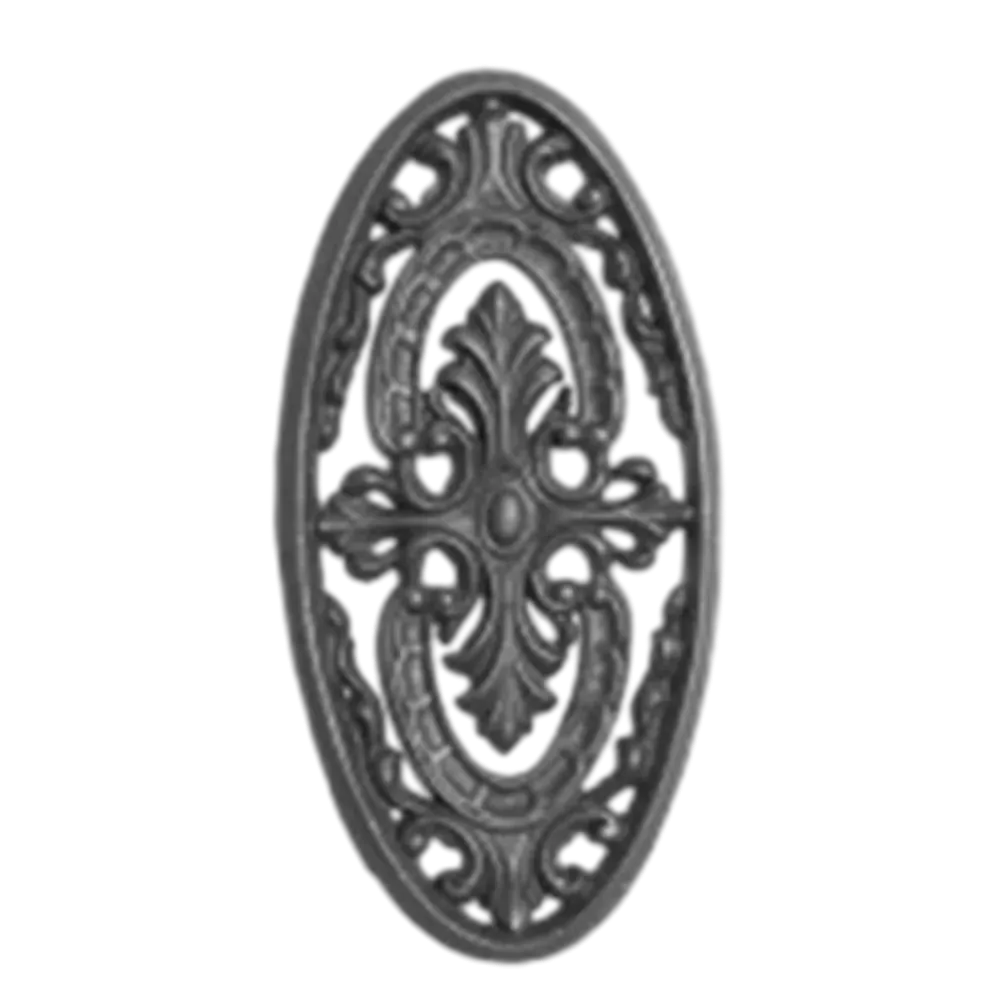A Comprehensive Guide to Essential Components for Iron Gates and Their Installation Process
Understanding Iron Gate Parts A Comprehensive Overview
Iron gates have long been celebrated for their durability, aesthetic appeal, and security features. Frequently seen in residential, commercial, and industrial properties, iron gates comprise various components that work together to achieve both functionality and elegance. This article will delve into the different parts of an iron gate, their purposes, and considerations when selecting or maintaining these gates.
1. Gate Frame
The gate frame is the skeletal structure that supports the entire iron gate. Typically constructed from heavy-duty iron, the frame is designed to withstand environmental stress and daily use without warping or bending. A well-constructed frame ensures the gate maintains its shape and functionality over time.
2. Gate Panels
The panels are the flat sections of the gate that fill the frame. They can feature intricate designs, patterns, or solid surfaces, depending on aesthetic requirements. Panels can be made from various types of wrought iron or cast iron, and their thickness contributes to the gate's overall security and weight. Custom designs can enhance the property's curb appeal, providing both function and beauty.
3. Hinges
Hinges are crucial for the operation of any gate, allowing it to swing open and closed smoothly. Iron gate hinges are often heavy-duty to support the weight of the gate while providing stability. There are various types of hinges, including T-hinges, strap hinges, and concealed hinges, each offering different decorative and functional benefits.
iron gate parts

A latch is essential for securing the iron gate once it is closed. This mechanism can range from simple slide latches to more advanced locking systems. For enhanced security, many homeowners opt for electronic locks, keypads, or remote-controlled access systems that integrate seamlessly with modern smart home technology. Choosing the right latch and lock mechanism is vital for both security and convenience.
5. Post and Mounting Hardware
Iron gates are anchored to posts, which provide stability and support. The posts must be appropriately installed and often are embedded in concrete for added strength. Mounting hardware, such as brackets and bolts, is used to attach the gate to the posts securely. This part of the structure is critical to ensuring the gate remains upright and operates smoothly.
6. Decorative Elements
Iron gates can also feature various decorative elements, such as finials, scrollwork, and ornamental designs. These details not only enhance the aesthetic appeal but also reflect the style and personality of the property owner. Many custom iron gates integrate these artistic features, making them unique and eye-catching.
7. Maintenance Considerations
Maintaining iron gates is essential for ensuring their longevity and reliability. Regular inspections are necessary to check for rust, wear, and tear. Applying a protective coating can help prevent rust formation, especially in areas with high moisture content. Additionally, lubricating hinges and latches can enhance their operation, making it easier to open and close the gate.
Conclusion
Understanding the various parts of an iron gate is crucial for homeowners and property managers alike. By familiarizing oneself with the frame, panels, hinges, latches, posts, and decorative elements, one can make informed decisions when selecting or maintaining an iron gate. Furthermore, regular upkeep will extend the lifespan of the gate and ensure it continues to serve its purpose effectively, providing security and enhancing the property's overall aesthetic appeal. Iron gates represent a blend of functionality and design, making them a valuable addition to any entrance.
-
Why Choose TJJ as Your Window and Door Hardware Manufacturer?NewsOct.28,2024
-
The Advantages of Cast Iron Stove Plates: A Timeless Choice for Your KitchenNewsOct.28,2024
-
Aluminium Windows Profiles: Benefits and FeaturesNewsOct.28,2024
-
Innovations in Cast Iron Panel TechnologyNewsOct.28,2024
-
The Benefits of Customizing Your Wrought Iron Fence PartsNewsOct.28,2024
-
The Immortal Legacy of Cast Iron Spears: From War to Decorative UseNewsOct.21,2024
-
 Why Choose TJJ as Your Window and Door Hardware Manufacturer?Oct-28-2024Why Choose TJJ as Your Window and Door Hardware Manufacturer?
Why Choose TJJ as Your Window and Door Hardware Manufacturer?Oct-28-2024Why Choose TJJ as Your Window and Door Hardware Manufacturer? -
 The Advantages of Cast Iron Stove Plates: A Timeless Choice for Your KitchenOct-28-2024The Advantages of Cast Iron Stove Plates: A Timeless Choice for Your Kitchen
The Advantages of Cast Iron Stove Plates: A Timeless Choice for Your KitchenOct-28-2024The Advantages of Cast Iron Stove Plates: A Timeless Choice for Your Kitchen -
 Aluminium Windows Profiles: Benefits and FeaturesOct-28-2024Aluminium Windows Profiles: Benefits and Features
Aluminium Windows Profiles: Benefits and FeaturesOct-28-2024Aluminium Windows Profiles: Benefits and Features












